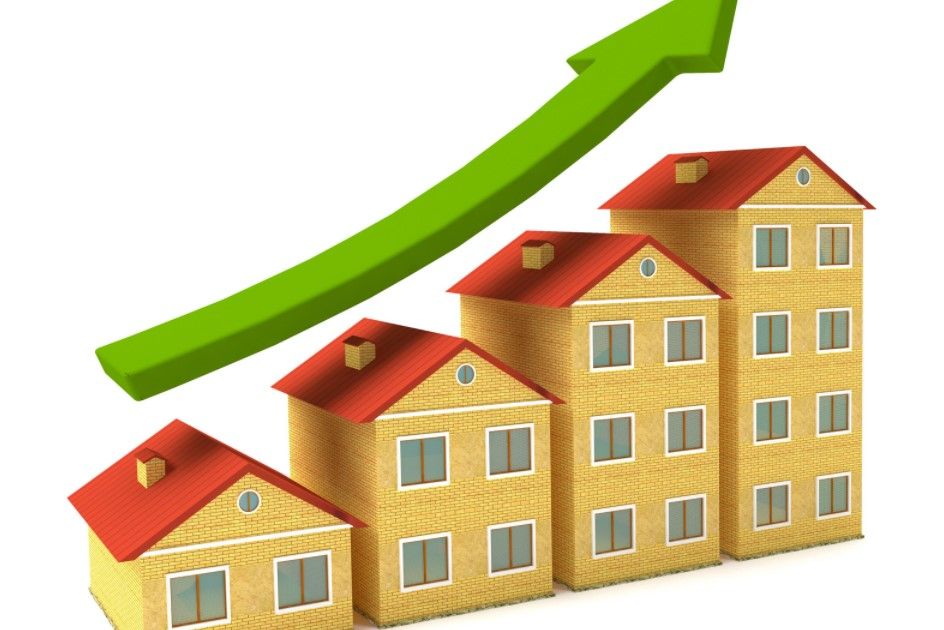What Rising Insurance Costs Mean for Home Values
In recent years, homeowners across the U.S. have been facing a growing concern: rising insurance premiums.

Real estate agents and experts are expecting 2021 to be another phenomenal year in real estate. The 2020/2021 winter real estate market is already off to a great start. According to the National Association of Realtors report, “Existing-home sales rose in December, with home sales in 2020 reaching their highest level since 2006.” Homes sales actually rose .7% in December. January sales statistics will be out sometime in mid-February. While there are several reasons for the upswing, such as historically low interest rates, low inventory and pent-up demand for homes, there will be additional factors that will contribute to the 2021 real estate market.
Mortgage Forbearances
The 2020 CARES Act offered homeowners the opportunity to place their mortgages into forbearance. According to Freddie Mac, 5.6% of homeowners placed their mortgages in forbearance in 2020. This means that they were able to put their mortgage payments on hold during the Covid-19 pandemic in order to provide themselves with liquidity when they needed it the most. This helped save the housing market during the pandemic. Without this option, many homeowners would have lost their homes due to the inability to pay their mortgage payments. This would have depressed the real estate market which would have ultimately caused home values to go down. As of now, these homeowners that placed their mortgages into forbearance, will have to start paying their mortgage payments in March. There are talks this date may be extended.
However, homeowners that have their mortgages in forbearance may end up in financial trouble this year. According to housingwire.com, "About 23% of households in forbearance said they did not know whether they will have to make an increased monthly payment or a lump-sum payment to their mortgage servicer once forbearance ends." They also say that over half of these homeowners in forbearance, 54% in fact, have little or no confidence that they will be able to resume paying their mortgages. This could affect the 2021 housing market by likely bringing more short sales and foreclosures to the market. This could impact home values. However, these homes would add to the housing inventory which is much needed.
Lumber Prices
The price of lumber was on a rollercoaster in 2020. Forbes reported that lumber prices were at an all-time record high in September. The price almost halved at the end of October; however, it proceeded to increase 70% by the end of December. The wildfires in the West met with a huge demand for lumber and housing starts the second half of 2020. New housing prices have increased with lumber being one of the most volatile commodities right now. If the price of lumber continues to remain high in 2021, new homes will be more expensive.
Housing Starts
Housing starts are predicted to keep going up. With the demand for homes still high and the increase in the make-up of homebuyers on the market, the forecast looks good for 2021 and beyond. One eye-opening statistic from Forbes is that millennials make up a whopping 38% of homebuyers. According to the Mortgage Bankers Association, single-family housing starts are expected to be approximately 1.134 million in 2021. Their projections for 2022 and 2023 are 1.165 million and 1.210 million, respectively.
All in all, the housing market and the value of homes will remain strong in 2021. According to Matthew Speakman, an economist at Zillow, "Currently, there are fewer than three months of supply of homes on the market, the lowest on record since the turn of the century." This statistic, in and of itself, gives a good indication for homeowners to be happy with their values.